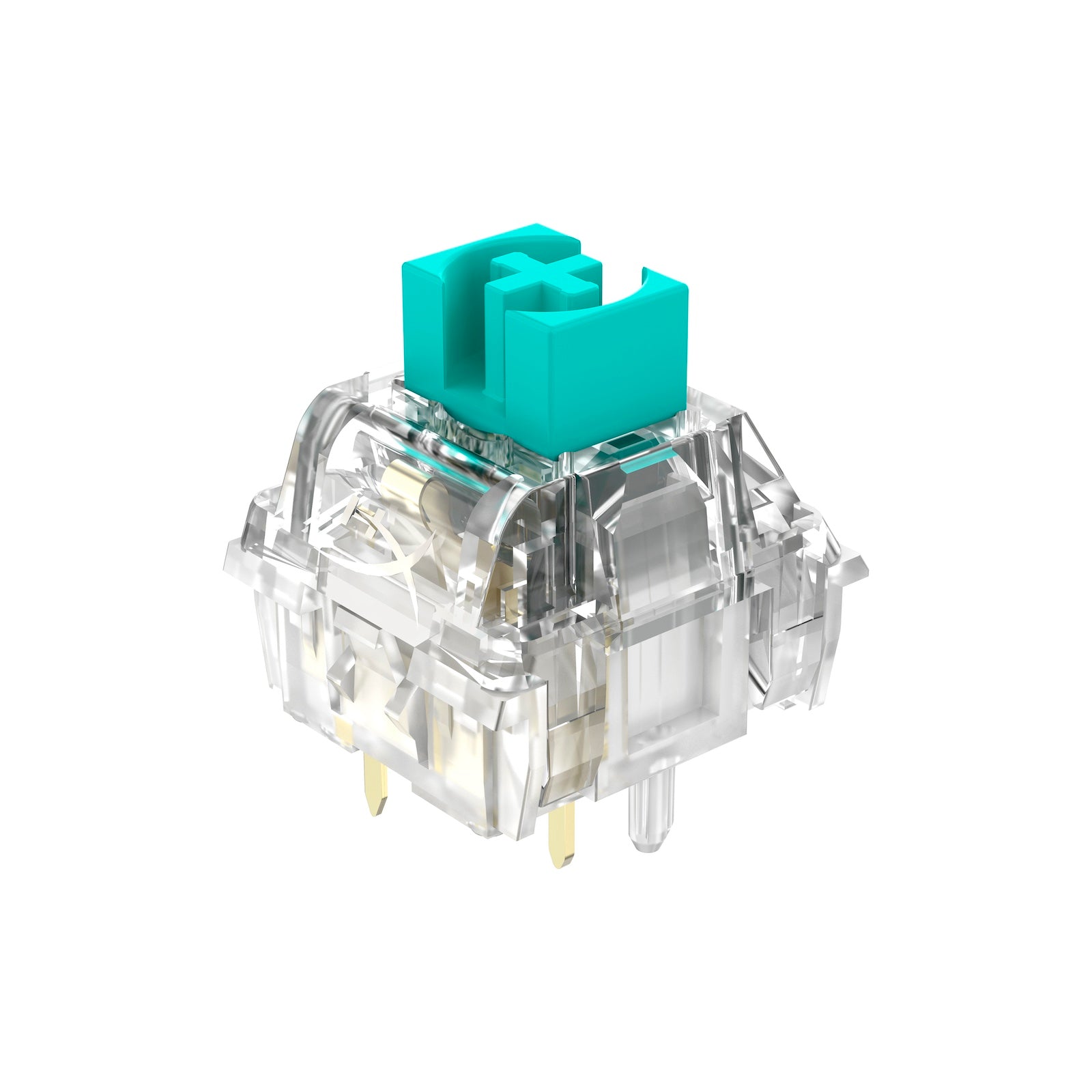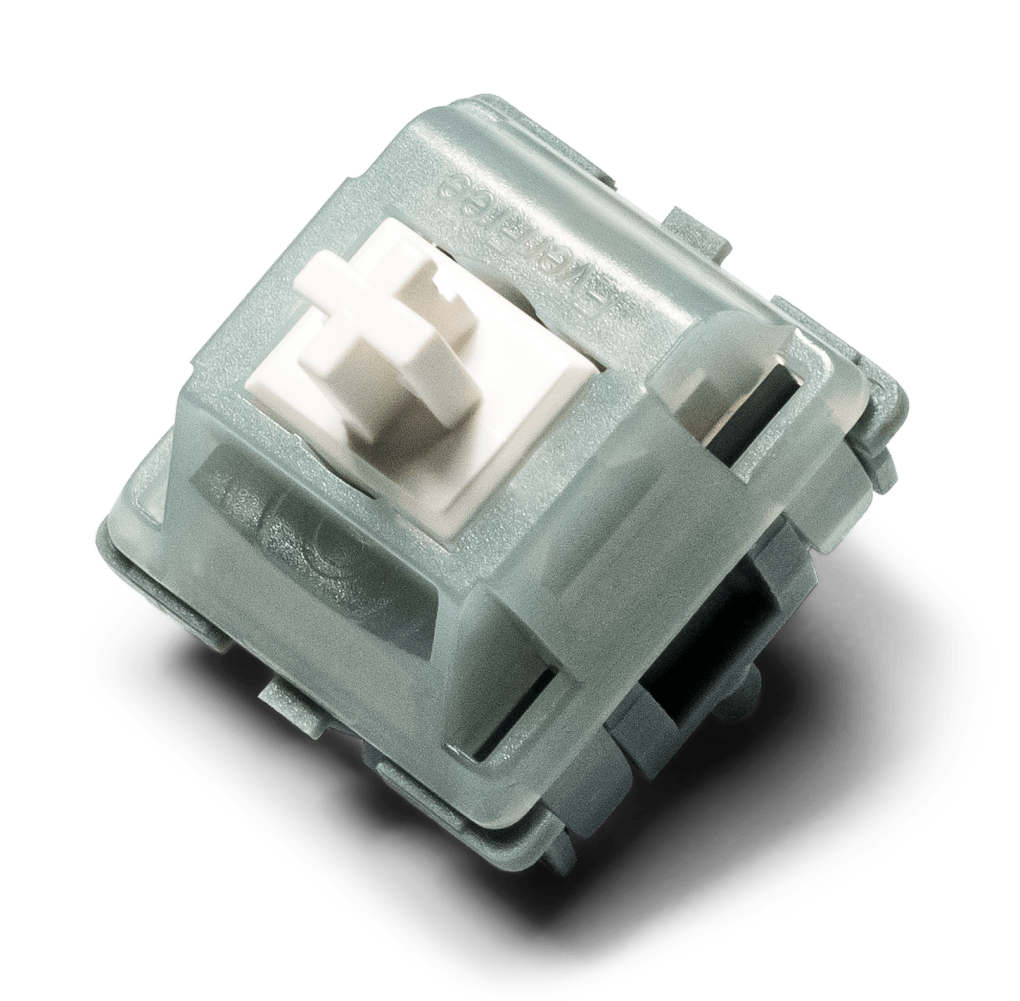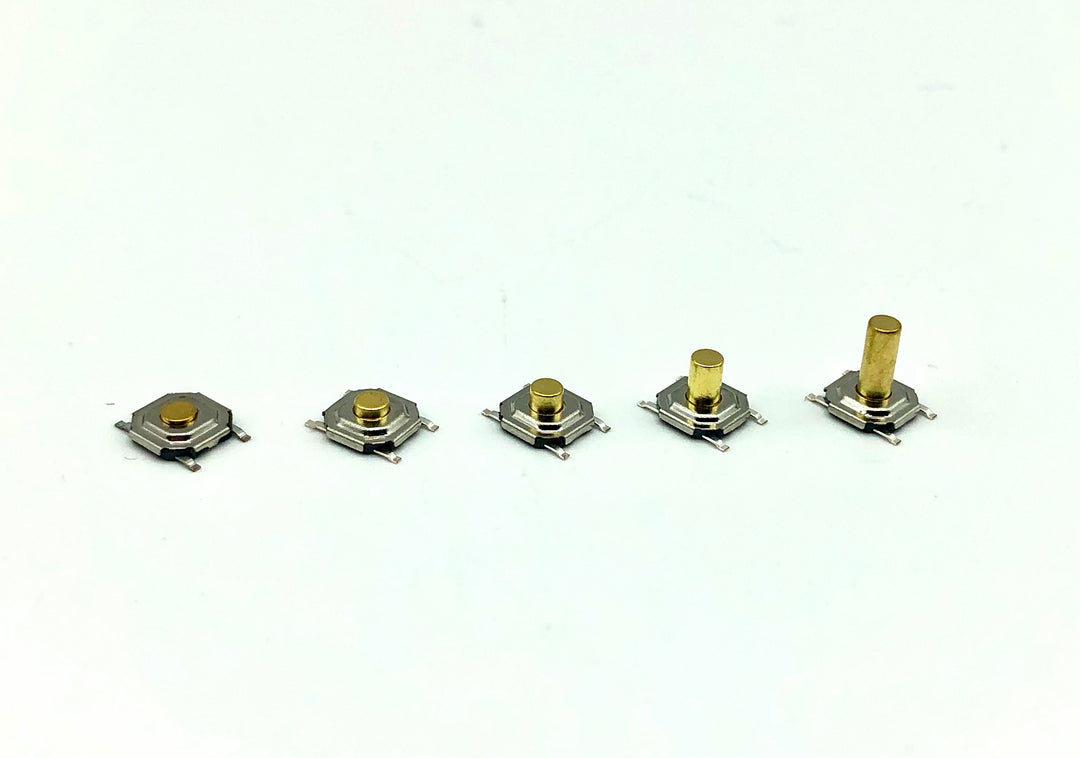Whether coding, tactile switches offer the perfect balance of feedback.
Discover the Versatile Utilizes of Tactile Switches in Modern Electronics
Tactile switches, important to both day-to-day gizmos and complex equipment, act as a vital user interface between customers and devices. Their design ensures a gratifying click, confirming an action that could or else go undetected in an electronic globe devoid of physical comments. As industries remain to develop, the role of these switches expands, adjusting to brand-new innovations and improving user experiences in ways previously unimagined. The question remains: how will future innovations further integrate tactile responses into our digital communications?

Discovering the Function of Tactile Switches in Customer Electronic Devices

The style and placement of responsive switches can substantially influence a gadget's comfort designs and visual charm. Suppliers strive to develop items that not only carry out well but also really feel instinctive and comfortable to use. The resilience of these buttons is likewise vital, as they need to withstand repeated presses over the life of the device. Advances in products and innovation remain to boost the reliability and feature of responsive switches, guaranteeing they meet consumer assumptions for responsiveness and longevity in day-to-day use.

Responsive Buttons in Industrial Applications: Enhancing Functional Performance
Moving focus to commercial settings, responsive buttons considerably enhance operational efficiency by offering accurate control and comments in equipment and control panels (tactile switches). These switches are important in applications varying from production line to hefty machinery, where reliability and the clear physical feeling of activation are extremely important. Their unique tactile feedback makes certain drivers are promptly knowledgeable about whether an input has actually been signed up, reducing mistakes and decreasing downtime
Furthermore, responsive buttons are developed to withstand harsh atmospheres, including direct exposure to dirt, resonances, and differing temperature levels, making them optimal for industrial use. In addition, blog here the compact dimension of responsive switches enables for more ergonomic designs of control panels, which can improve operator convenience and efficiency during lengthy shifts.
The Future of Tactile Changes in Automotive Innovation

Looking forward, the evolution of tactile switches in auto innovation seems positioned for combination with haptic responses systems, providing not only a physical feedback however also varying strengths and patterns of feedback that can share even more info. This could suggest a decrease in traditional button user interfaces for more nuanced, multifunctional control solutions. In addition, as cars become more linked and self-governing, responsive switches are expected to play a critical function in linking the space in between digital user interfaces and the physical touchpoints in vehicles, boosting the general user experience and safety and security.
Final Thought
To conclude, responsive switches are click this important in modern-day electronics, seamlessly integrating into different domains to enhance user interaction and operational effectiveness. From consumer electronics to commercial machinery and vehicle innovations, their function is pivotal in ensuring user convenience, safety, and system responsiveness - tactile switches. As modern technology proceeds, the performance and application of tactile switches are set to broaden, even more solidifying their value in connecting the gap between individuals and electronic user interfaces